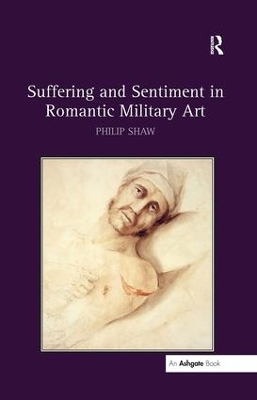In a moving intervention into Romantic-era depictions of the dead and wounded, Philip Shaw's timely study directs our gaze to the neglected figure of the common soldier. How suffering and sentiment were portrayed in a variety of visual and verbal media is Shaw's particular concern, as he examines a wide range of print and visual media, from paintings to sketches to political prose and anti-war poetry, and from writings on culture and aesthetics to graphic satires and early photographs. Whilst classical portraiture and history painting certainly conspired with official ideologies to deflect attention from the true costs of war, other works of art, literary as well as visual, proffered representations that countered the view that suffering on and off the battlefield is noble or heroic. Shaw uncovers a history of changing attitudes towards suffering, from mid-eighteenth century ambivalence to late eighteenth- and early nineteenth-century concepts of moral sentiment. Thus, Shaw's story is one of how images of death and wounding facilitated and queried these shifts in the perception of war, qualifying as well as consolidating ideas of individual and national unanimity. Informed by readings of the letters and journals of serving soldiers, surgeons' notebooks and sketches, and the writings of peace and war agitators, Shaw's study shows how an attention to the depiction of suffering and the development of 'liberal' sentiment enables a reconfiguring of historical and theoretical notions of the body as a site of pain and as a locus of violent national imaginings.
- ISBN10 0754664929
- ISBN13 9780754664925
- Publish Date 4 June 2013
- Publish Status Active
- Publish Country GB
- Publisher Taylor & Francis Ltd
- Imprint Routledge
- Format Hardcover
- Pages 260
- Language English
